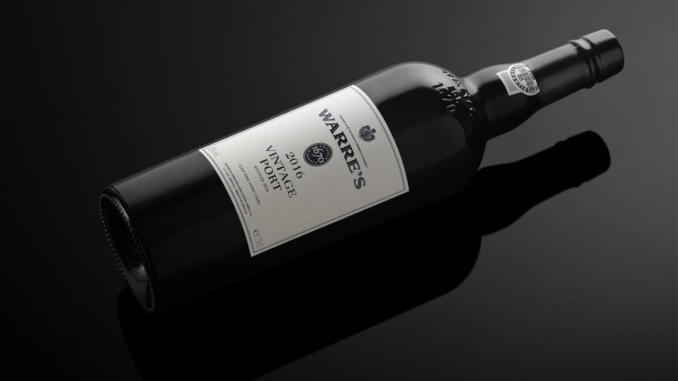
By Bennet Bodenstein
For centuries, port wines have been considered to be among the most regal of the still wines. It was a favorite among European royalty and was adored by the British. Serving a port wine at a dinner was considered to be the height of opulence. An almost a traditional line in British movies taking place in the 1800’s was; “the ladies will retire to the sitting room for their sherry while the gentlemen will adjourn to the library for cigars and port.” Port wines became so popular that strict rules of etiquette evolved around them such as if port wine is being served at a dinner table, it is customary to pass the bottle of port to the left (port) of the host. I do not know what dire mischance might befall the guests if the bottle was passed to the right and I am too superstitious to find out.
Port wines are sweet, and have an alcohol content in the area of 20% and should be considered more of an experience rather than a beverage. It is made by fermenting grapes until a specific level of sweetness has been achieved and then adding brandy to the fermentation, which kills the yeast, ending fermentation. The finished wines are then aged in oak, sometimes for many years prior to bottling. If this sounds like a somewhat contorted way of producing a wine, it is, but what results is what could be best considered as an art form. There also can be little doubt that there was a good bit of port wine consumed by the writers of the Declaration of Independence and the Constitution while they were being debated. Another point to make about port wines is that the British, who are massive consumers of port, bought many of the port lodges (wineries in Portugal where port is made) and that is why the producers’ names are most often English. Among the oldest of the British owned port lodges is Warre’s, a port wine producer that was founded in 1670 and that I had an opportunity to sample a portion of their current line of ports.
Warre’s 2016 Vintage Port ($125). This is the quintessential form of port. It is the one that best emulates all of the features that has made port famous. This wine has been aged in oak barrels to enhance the multitude of flavors and aromas this wine possesses. A full-bodied wine, it opens with a very complex aroma of dried flowers and roses which merge with plum, raspberry, blackberry and boysenberry fruit flavors which are augmented by faint hints of brandy and sweet oak and if, I may add, my personal favorite.
Warre’s Heritage Ruby Port ($22 ). The Warre’s Heritage Ruby Port is another port wine that does not shy away from offering its flavors and aromas right up front. Again, it is plum that stands out with almond and burnt sugar augmenting the dark fruits that reside in the background. There is also an incredibly long and full fruit flavored finish that remains on the palate for a long time after the wine has been swallowed and in the memory for even longer. This wine’s price in no way indicates the quality of this wine and can serve as an excellent introduction to Port wines if the reader is unfamiliar with the wine.
Warre’s Otima10 Tawny Port ($25). The Warres Otima Tawny port tends more toward a true Portuguese Port style rather than displaying a tendency for many tawny ports to be more sherry-like. This is not a negative feature at all, but has been done out of respect for the traditional Portuguese style. It is somewhat sweeter than the other many of the other tawny ports and plays down the oak and vanilla. The wine has a soft grapy flavor that carries right through to the finish where the often-found brandy flavor feature is overridden by the fruit. This excellent and very affordable wine is the perfect finish to a perfect dinner.